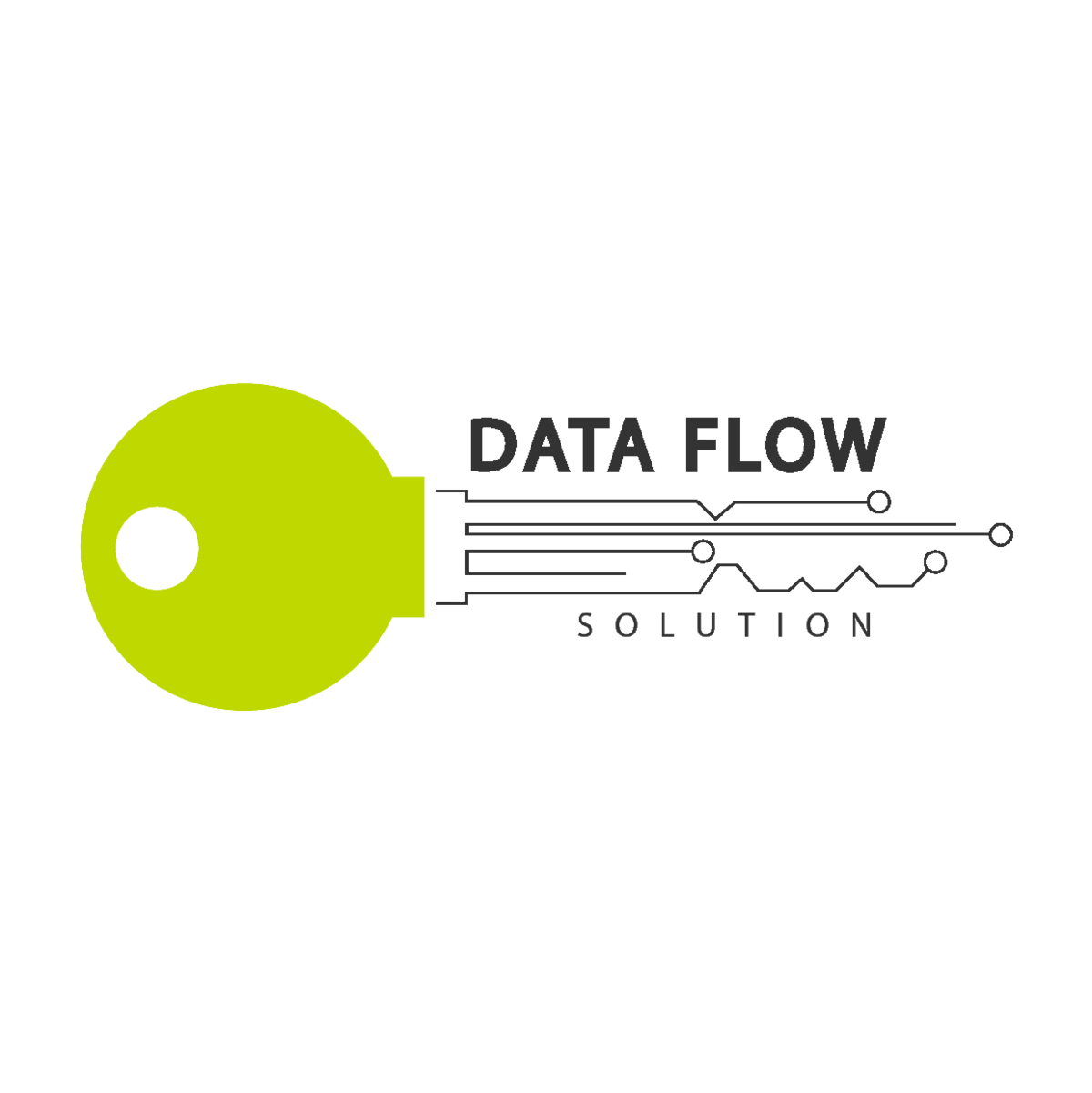Enhancing Precision: How AI Modelers Revolutionize Custom Object Detection for Auto-Tagging Damage Levels
In industries where visual inspections play a critical role, accurately assessing damage levels is pivotal for effective decision-making. Traditional methods often fall short when faced with the complexity of identifying and tagging damage accurately. Enter Artificial Intelligence (AI) modelers, equipped with advanced algorithms for custom object detection, to revolutionize the process of auto-tagging damage levels. In this article, we explore real-world business situations where AI modelers prove indispensable in automating and refining the identification and tagging of damage in various contexts.
- Automated Damage Assessment:
AI modelers are at the forefront of automating damage assessment processes. By leveraging custom object detection algorithms, businesses can train models to recognize and tag damage levels in images or videos, streamlining the assessment workflow and reducing the need for manual intervention.
- Adaptability to Varied Contexts:
The versatility of AI modelers allows for adaptability to various contexts and industries. Whether it’s assessing damage in manufacturing equipment, vehicles, infrastructure, or other assets, custom object detection algorithms can be tailored to recognize specific types of damage, ensuring precision in auto-tagging across diverse scenarios.
- Efficiency in Insurance Claims Processing:
In the insurance industry, the timely and accurate assessment of damage is crucial for claims processing. AI modelers enable insurers to automate the assessment process, expediting claims handling and reducing the risk of human errors in determining the extent of damage and corresponding compensation.
- Streamlining Maintenance in Manufacturing:
In manufacturing environments, identifying and addressing equipment damage promptly is essential for maintaining operational efficiency. AI-driven custom object detection facilitates the automated detection of damage levels, enabling predictive maintenance strategies and minimizing downtime.
- Optimizing Fleet Management:
For businesses with fleets of vehicles, assessing damage levels is an ongoing challenge. AI modelers offer a solution by automating the evaluation of vehicle conditions, providing a comprehensive overview of the damage to streamline maintenance schedules and enhance overall fleet management.
- Enhanced Safety in Infrastructure Inspection:
In industries such as construction and infrastructure, regular inspections are vital for safety. AI-driven custom object detection assists in automating the identification and tagging of damage levels in structures, ensuring timely interventions and mitigating potential safety risks.
- Customization for Specific Damage Types:
AI modelers excel in customization, allowing businesses to train models for specific damage types. Whether it’s detecting dents, cracks, corrosion, or other forms of damage, custom object detection algorithms can be fine-tuned to meet the unique needs of different industries.
- Continuous Learning for Improved Accuracy:
The learning capabilities of AI modelers contribute to ongoing improvement in accuracy. As the models process more data, they continuously adapt and refine their ability to recognize and tag damage levels, ensuring precision and reliability over time.


 Copyright © 2017 Dataflow Solution
AI-Powered Automation, Human-Centered Success.
We Make Your Business Flow Effortlessly.
Copyright © 2017 Dataflow Solution
AI-Powered Automation, Human-Centered Success.
We Make Your Business Flow Effortlessly.